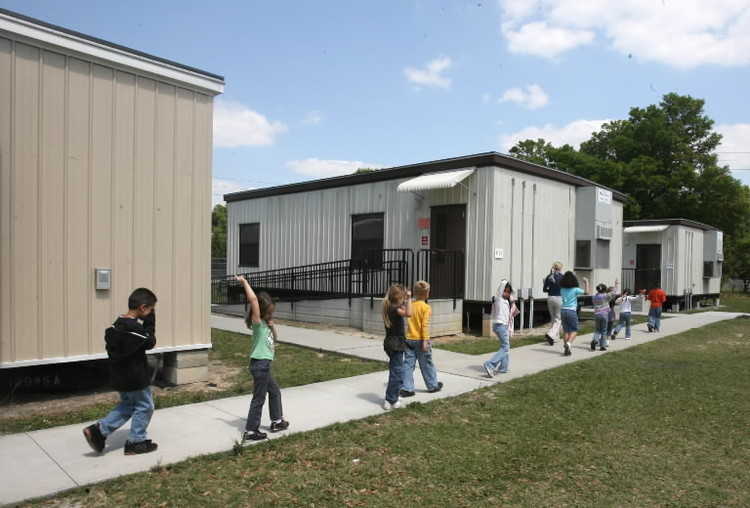Many schools in Europe and other parts of the world have embraced the use of portable classrooms in their institutions. Whether they choose modular classrooms or any other style, these structures have revolutionized education centers. In fact, it is now almost a standard that these are the solutions for space challenges in schools.
But the question is how they impact teaching and learning in any of these institutions. Is it a negative or positive impact? Learn more from the insights shared below.
Table of Contents
What Are Portable Classrooms?
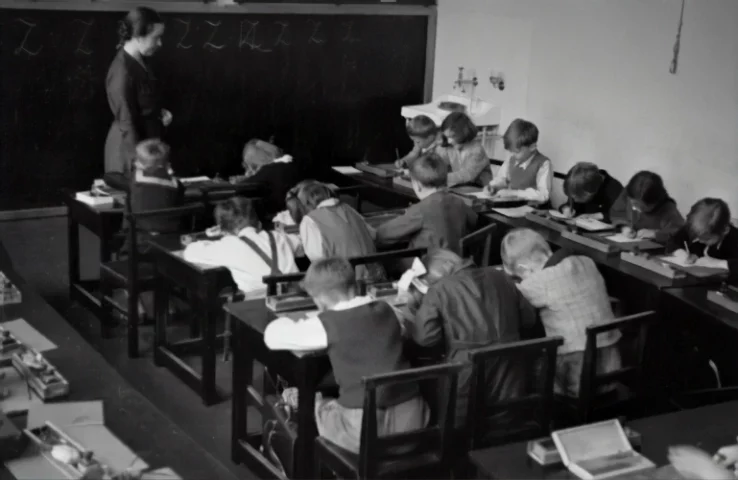
Portable classrooms, also known as modular or relocatable classrooms, are temporary or semi-permanent installations that provide additional educational space for schools. We create them to be easily assemble, disassemble, transport, and installed on a school campus or other place where additional classroom space is need
Manufacturers generally make portable classrooms of lightweight steel, aluminum, and composite panels. They can customize them to fit different sizes and configurations, and they will be single-story or multi-story structures.”They can also be equipped with modern amenities such as heating and air conditioning, electrical and plumbing systems, and other features to make them comfortable and functional for students and teachers.
Portable classrooms are often a cost-effective solution to address school overcrowding, especially in areas undergoing rapid population growth. It may also use them to provide temporary classroom space during renovations, construction projects, or in response to emergencies such as natural disasters.
While portable classrooms can provide additional space quickly and efficiently, they are intended to be a short-term solution to school overcrowding. Schools should strive to provide permanent, high-quality facilities that meet the needs of their students and teachers for the long term.
Before getting to know the impacts of these structures on learning in schools, it is important to know what they are. These are temporary structures that are used as classrooms. Depending on the design, they can be collapsed and relocated to any other part of the compound to solve the need for space.
Portable classrooms are fabricated by experts. They can be modular classrooms or customized ones as per the needs of the school. But one thing to know is that they are well-equipped to suit the needs of the students.
Planning for Portable Classrooms
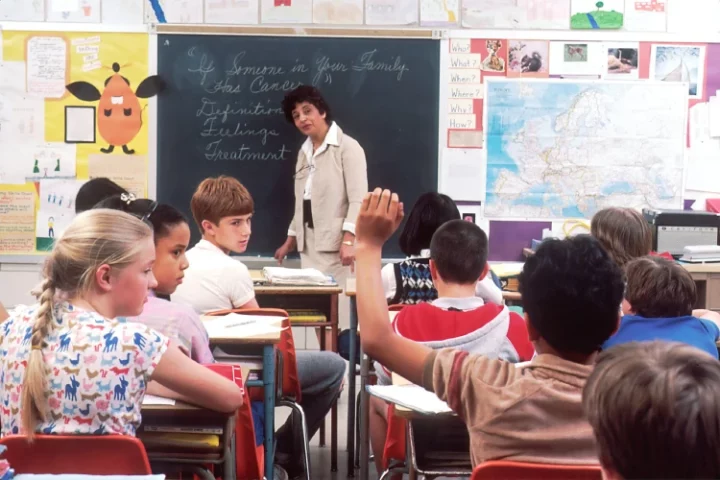
When there is a need for more classrooms in a school, management will start looking for a solution. Congestion of students has a negative impact on their performance, and this can lead to parents pulling them out of such a school. For a quick solution, temporary portable classrooms should come to mind. They offer quick solutions since they do not take much time to construct.
Planning for portable classrooms involves several key considerations to ensure that the space is safe, functional, and meets the needs of students and teachers. Here are some essential factors to consider:
Site Selection:
Portable classrooms require a suitable location on school grounds or other property. Factors to consider when selecting a site include accessibility, level ground, adequate drainage, and proximity to utilities such as water, power, and sewage.
Zoning and Permitting:
Depending on local zoning laws and regulations, a permit may be required to install a portable classroom. Understanding the requirements and obtaining any necessary permits before proceeding with installation is essential.
Classroom Design:
Portable classrooms can be designed to meet specific requirements such as size, shape, and accessibility. Working with a reputable manufacturer is essential to ensure that the classroom design meets all relevant codes and regulations and is appropriate for the intended use.
Site Preparation:
Before installation, must p by leveling the ground providing a stable foundation, and installing utilities such as electricity, water, and sewage. The installation process may also require the removal of trees, shrubs, and other obstacles.
Security and Safety:
Portable classrooms should be equip with appropriate security measures, such as locks and alarms, to prevent unauthorized entry. Safety features such as fire alarms, smoke detectors, and emergency exits should also be install to ensure the safety of students and teachers.
Maintenance and Upkeep:
Portable classrooms require regular maintenance to remain safe and functional. It includes regular cleaning, inspecting electrical and plumbing systems, and repairing any damage or wear and tear.
By considering these factors, schools can plan and install portable classrooms that provide students and teachers with a safe, functional, and comfortable learning environment.
Design and Fabrication
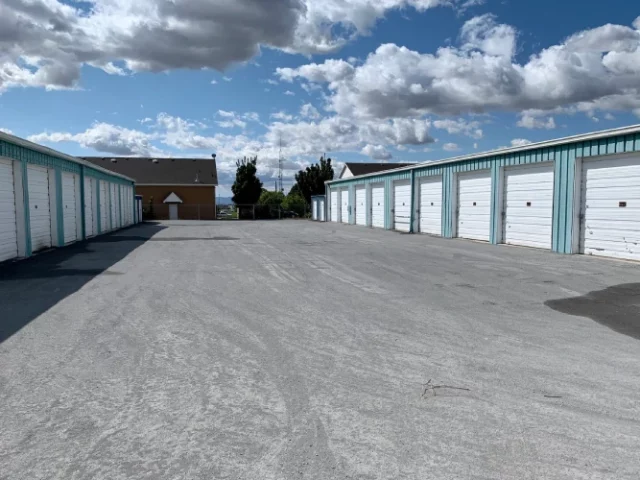
After the planning of a Smart Space temporary building for the school, the experts will start the work as agreed. And this is where things get better for the school. Learning will not be interrupt in any way during this period the fabrication is do away from the school in a workshop. The design remains the same since the experts have already agreed on the measurements as per the available space. Thus, portable classrooms become the best solution for such a school.
The design and fabrication of portable classrooms typically involve a collaborative process between the school district, architects, engineers, and manufacturers. HLearning will not be interrupted as most of the work has been done offsiteere are the key steps involves:
Needs Assessment:
The first step in designing a portable classroom is determining the school district’s specific requirements. It may include classroom size, number of students, accessibility, and any special requirements.
Conceptual Design:
After the needs assessment, architects and engineers collaborate to create a conceptual design for the portable classroom. It includes determining the optimal layout, size, and configuration of the classroom and any necessary features such as HVAC systems, electrical wiring, and plumbing.
Detailed Design:
Architects and engineers create complex construction plans and specifications for the portable classroom after the conceptual design consent. It includes specifying the materials, construction methods, and finishes for the interior and exterior of the classroom.
Fabrication:
Once the exact design is complete, the manufacturer fabricates the portable classroom in a factory setting. It includes creating the walls, roof, and floor and installing required features such as windows, doors, and electrical systems.
Transportation and Installation:
After fabricating the portable classroom, we cart it to the school site and install it according to the detailed design specifications.” It may involve lifting the classroom into place with a crane or truck-mounted lift.
Final Inspection and Testing:
After installation, the portable classroom undergoes a last inspection and testing to ensure it satisfies all relevant codes and regulations. It includes testing of electrical, plumbing, and HVAC systems, as well as a review of the structural integrity of the classroom.
By following these steps, schools can provide that their portable classrooms are design and fabricate to fulfill their specific needs and provide students and teachers with a secure and functional learning environment.
Assembly and Construction
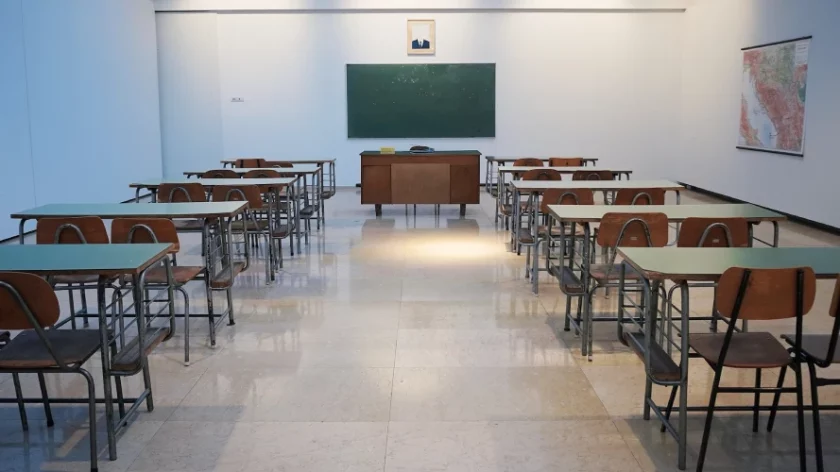
One thing to notice is that portable and temporary structures are simple to assemble. If the work is plan well, this can be work within a few days. Some schools construct portable classrooms when the students have retired for the day or during the weekend. Even when done during the day, other school programs can be ongoing as usual.
Assembly and construction of portable classrooms involve several vital steps to ensure they are safely and efficiently set up on the school site. Here are the main steps involve:
Site Preparation: Before assembly and construction can start, the site prepare. This may include leveling the ground, installing a foundation, and providing the site has access to water, power, and sewage.
Delivery: We will deliver the portable classroom to the site once the site is prepare. Delivery may be by truck or flatbed trailer, depending on the size and weight of the classroom.
Placement and Alignment: After delivery, we place the classroom on the prepared site and align it to ensure level and security.”. This may involve using a crane or truck-mounted lift to position the classroom.
Connection to Utilities: Once the classroom is in place, it is related to utilities such as water, power, and sewage. This includes installing electrical and plumbing systems and connecting them to the school’s infrastructure.
Final Inspection and Testing: After construction, the classroom undergoes a final review and testing to ensure safety and functionality. This includes testing of electrical, plumbing, and HVAC systems, as well as inspection of the structural integrity of the classroom.
Final Touches: After conducting the final inspection, we clean the classroom and complete any final touches, such as painting and installing fixtures and furniture.”
By following these steps, schools can ensure that their portable classrooms are safely and efficiently assembled and constructed on-site, providing a functional and comfortable learning environment for students and teachers.
Negative Impact
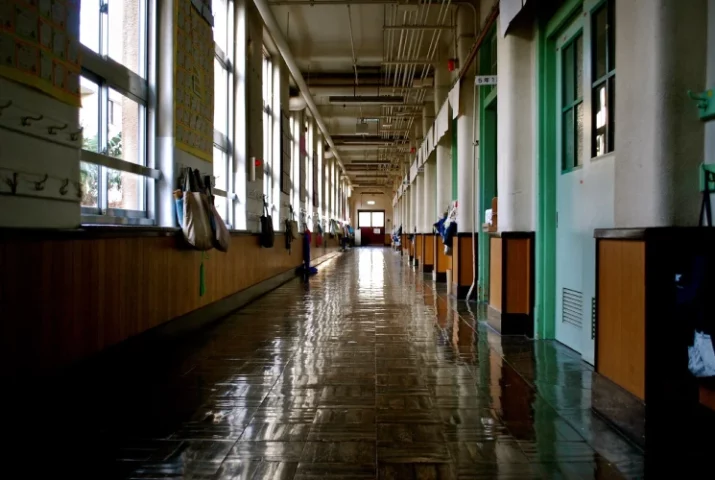
Portable classrooms may affect learning negatively in a few ways. First of all, they may interrupt learning if the constructor is insensitive to what is going on.
They may not be well-equipp with all of the facilities need for learning, as they are portable and ready to be move from one location to another. They are primarily just empty halls that the school converts into classrooms on a temporary basis. Alternatively, the school can choose to use one as a permanent solution and then equip the structure well.
While portable classrooms can provide a solution to address overcrowding in schools or serve as a temporary solution during renovations or construction, they can also have negative impacts. Here are some of the potential negative impacts of portable classrooms:
Safety concerns:
Portable classrooms may meet different safety standards than permanent structures, especially for older models. They may be more susceptible to damage from extreme weather conditions or natural disasters, posing a risk to students and teachers.
Lack of amenities:
Portable classrooms may not have access to the same amenities as permanent structures, such as access to a gym, auditorium, or library. This can impact the learning experience for students and limit the range of extracurricular activities they can offer.
Noise and environmental issues:
Portable classrooms may be more susceptible to noise and environmental issues, such as excessive heat or cold, drafts, or mold. These factors can affect the quality of the learning environment and may impact the health and well-being of students and teachers.
Aesthetic concerns:
Portable classrooms may detract from the school’s appearance and surrounding area. Portable classrooms may affect property values and community perceptions due to their temporary and less attractive nature.
Maintenance and upkeep:
Portable classrooms require regular maintenance and upkeep to ensure they remain safe and functional. This can be costly and time-consuming for school districts, especially if the portable classrooms are older or need repair.
Schools can make informed decisions about portable classrooms to minimize negative impacts on students, teachers, and the community.
Frequently Asked Questions
Portable classrooms, also known as modular classrooms, are temporary or semi-permanent structures designed to provide additional classroom space to schools or other institutions. They are prefabricated off-site and then transported and installed on the school’s property.
Yes, portable classrooms are safe for students as long as they are properly maintained and meet all safety and building codes. Portable classrooms must comply with the same safety standards as traditional classrooms.
Portable classrooms can last anywhere from 5 to 30 years, depending on their construction, maintenance, and usage. They may need to be replaced or refurbished over time to ensure their safety and functionality.

